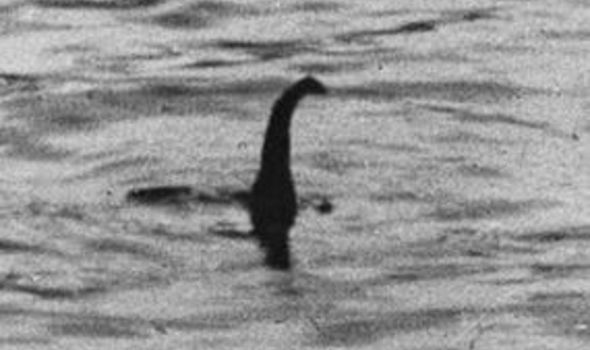
Introduction
Loch Ness, located in the Scottish Highlands, is one of the largest and most famous freshwater lakes in the United Kingdom. It is renowned not only for its remarkable natural beauty but also for its association with the legendary Loch Ness Monster, affectionately known as Nessie. The lake stretches approximately 23 miles, reaching depths of over 800 feet. Understanding the natural environment of Loch Ness and its cultural significance is crucial not just for tourism but for environmental conservation and local heritage.
Recent Developments
In recent years, Loch Ness has seen a surge of interest, especially with the advancements in technology allowing researchers to explore its depths more comprehensively. The most notable effort in 2022 involved a team of scientists from the University of Otago in New Zealand, who conducted a groundbreaking study using environmental DNA (eDNA) to catalogue the creatures residing in the loch. Their findings revealed a diversity of species including otters, salmon, and even more unexpected inhabitants such as freshwater jellyfish.
This research aims not only to demystify the lake’s aquatic ecosystem but also to debunk myths surrounding Nessie. However, despite scientific findings, the enchantment of the Loch Ness Monster continues to captivate both locals and tourists. In the summer of 2023, the Loch Ness Centre unveiled an immersive exhibition, showcasing the history of the creature’s sightings alongside modern scientific approaches to study the lake.
Cultural Impact and Community Involvement
The legend of Nessie has become an integral part of Scottish culture, drawing tourists from around the globe. In 2023, the Scottish government reported that Loch Ness attracted more than 1 million visitors per year, significantly impacting the local economy. Local businesses have started to capitalise on this interest, offering Nessie-themed merchandise, guided tours, and boat trips on the loch.
Community efforts to preserve the ecological integrity of Loch Ness have also intensified. Initiatives to mitigate littering and promote sustainable tourism have been implemented, ensuring that the pristine beauty of the loch remains intact for future generations while still enticing adventure-seekers and myth enthusiasts alike.
Conclusion
The continued fascination with Loch Ness and its legendary monster illustrates the importance of integrating cultural heritage with scientific exploration. As research progresses, it provides insight into the natural world while preserving stories that captivate the imagination. For locals and visitors, Loch Ness remains not only a destination for exploration and legend but also a symbol of environmental stewardship and community pride. Looking ahead, the lake continues to promise new discoveries and unfolding narratives, as it holds its secrets just beneath the surface, waiting to be unveiled.
You may also like


The Importance of Pubs in British Society and Their Resurgence
